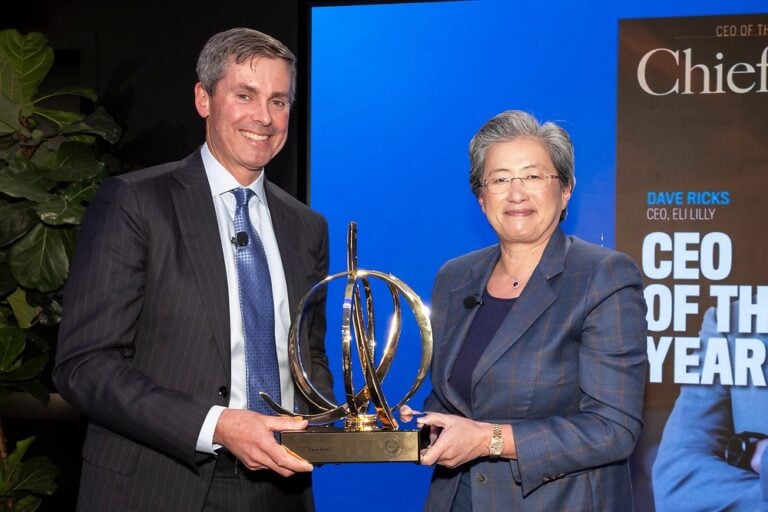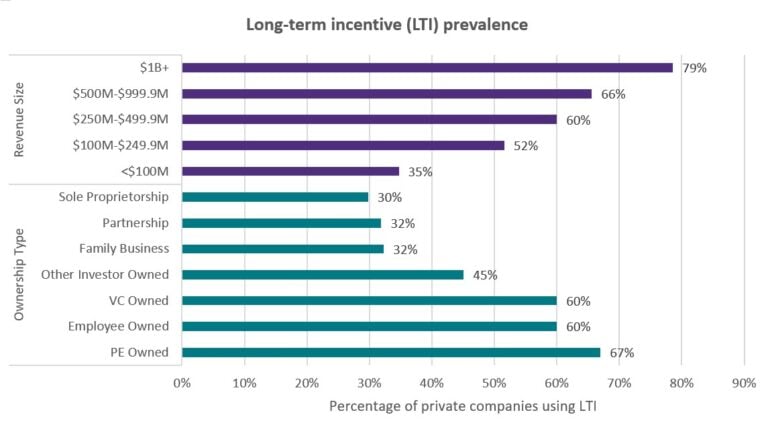
Recent disasters across the U.S. have underscored the importance of planning for what might seem like an improbable event – a large-scale flooding, rapidly spreading wildfires or even an active shooter. But what many executives overlook is how to manage everyday risk and create a strong, resilient organization able to withstand and anticipate industry-wide disruption.
Growth requires taking and managing risk. The most successful leaders do not simply mitigate risk, they also identify and assess the risks that will fuel their next expansion or acquisition. Three key things can help you create processes that identify, scope and manage risks in your business.
1. Understand that there are good and bad risks. 3M has long offered employees time off to explore their own projects; its “15% culture,” which lets employees spend up to 15% of their time on projects of their choosing, led to the ubiquitous Post-It Note and more than 100,000 patents. Companies like 3M have realized that innovation doesn’t require a bet-the-farm risk – one in which you gamble everything, or almost everything, on a single product or service. Focusing instead on small, frequent bets enables a cycle of continuous innovation throughout the organization, and this cycle requires a process that enables you to systematically differentiate between good and bad risks.
Good risk typically relates to a product or service that is core to your business, because that’s where the value is to your customers. To improve your competitive position, you need to continue to innovate. What is the change you intend to make – does it involve people, processes or technology – and what are the benefits of that change? Conduct a market assessment to identify the benefits, including the potential upside and downside, and evaluate how similar risks have played out in your industry in the past.
Sometimes a small risk isn’t sufficient, and you must up the ante to adapt in a changing marketplace. Consider the case of Porsche: In 2003, when the Porsche Cayenne debuted in the U.S. as Porsche’s first SUV, Porsche was in trouble. Sales of sports cars had tanked in the 1990s along with the economy, and the automaker’s debt was rising rapidly. Under these conditions, introducing a luxury SUV was a large risk, but Porsche needed to do something – without a new line of revenue, the luxury automaker would surely have gone under. And the risk paid off. In contrast, Porsche’s decision to move from its quintessential air-cooled boxer engine to a water-cooled one in the 911’s 966 chassis was a small risk – but one that failed, with resale values to this date reflecting Porsche owners’ preferences for the original engine.
Every risk, by its very nature, has the potential to not pay off. But the one certainty is this: If you’re always betting the farm, you will eventually lose it. If you are looking into online gambling check out these top rated online casinos. Prime the pump for risk-taking. Once you have a process in place to bucket, evaluate and take risks, how do you create an environment that helps leaders determine which bets to take and the right questions to ask?
Learn from companies like 3M and Google, where employees at the beginning of each meeting are encouraged to share risks they are taking. Ask leaders and managers to identify what bets they are taking to support areas of growth identified in their three- or five-year strategic plans. Help reframe the conversation to tie a new risk to a prior gamble that resulted in success – expanding into a new territory, for example, is done in anticipation of future growth. Provide a framework for everyone to contribute ideas, all the way down to a suggestion box in your office lobby. Provide visibility into the bets you are taking, and why.
A healthy risk-taking culture also requires that you understand how to minimize large bets. Take risks in an area of your business that could be healthy or not; creating an innovation pipeline that supports it is critical to ensuring its healthy. You may find that you’re not very good at it. According to the guidelines on most us friendly sites, if most of your bets are failing, it’s an indicator that you aren’t. Strengthen the process of evaluating and tracking risks, costs and outcomes, and then course correct.
3. Don’t expose your flanks. You can’t take innovative, forward-thinking risks if your house isn’t in order. In the aerospace industry, companies like Boeing conduct fatigue testing, applying small, repeated stresses to determine the strength of a material. As with an airplane’s wings, which are designed to be strong but not brittle, you want your business to be able to adjust to inevitable pressures. That’s where internal processes and risk management come in.
Evaluate your organization’s key financial metrics, whether cash reserves, forecasted revenues or other KPIs. Where are your vulnerabilities? Do you have any key operational processes, such as payroll, that have single points of failure? What happens if a key client goes bankrupt unexpectedly?
The problem you are facing has probably been solved before. One way to make sure you don’t expose your flanks is to look to best practices in industries with similar problems. For financial risk mitigation, look to industries that are highly focused on security. Banks conduct extensive internal stress tests to gauge their financial health in crisis situations, and companies that handle credit card payments operate under the tight controls of the Payment Card Industry Data Security Standard (PCI DSS). To manage operational risk, assess processes in place in industries like utilities. Power companies, for example, identify key personnel and infrastructure that must be in place following an outage and stage critical functions necessary to sustain operations.
In a marketplace characterized by disruption across industries, from healthcare and retail to ridesharing, the riskiest move can be to assume that your industry, or your company’s place in it, is stable. Putting in processes that enable your organization to make smart bets while keeping your house in order can help you not only prepare for the unexpected but also position your organization for continued growth.




0

1:00 - 5:00 pm
Over 70% of Executives Surveyed Agree: Many Strategic Planning Efforts Lack Systematic Approach Tips for Enhancing Your Strategic Planning Process
Executives expressed frustration with their current strategic planning process. Issues include:
Steve Rutan and Denise Harrison have put together an afternoon workshop that will provide the tools you need to address these concerns. They have worked with hundreds of executives to develop a systematic approach that will enable your team to make better decisions during strategic planning. Steve and Denise will walk you through exercises for prioritizing your lists and steps that will reset and reinvigorate your process. This will be a hands-on workshop that will enable you to think about your business as you use the tools that are being presented. If you are ready for a Strategic Planning tune-up, select this workshop in your registration form. The additional fee of $695 will be added to your total.

2:00 - 5:00 pm
Female leaders face the same issues all leaders do, but they often face additional challenges too. In this peer session, we will facilitate a discussion of best practices and how to overcome common barriers to help women leaders be more effective within and outside their organizations.
Limited space available.

10:30 - 5:00 pm
General’s Retreat at Hermitage Golf Course
Sponsored by UBS
General’s Retreat, built in 1986 with architect Gary Roger Baird, has been voted the “Best Golf Course in Nashville” and is a “must play” when visiting the Nashville, Tennessee area. With the beautiful setting along the Cumberland River, golfers of all capabilities will thoroughly enjoy the golf, scenery and hospitality.
The golf outing fee includes transportation to and from the hotel, greens/cart fees, use of practice facilities, and boxed lunch. The bus will leave the hotel at 10:30 am for a noon shotgun start and return to the hotel after the cocktail reception following the completion of the round.